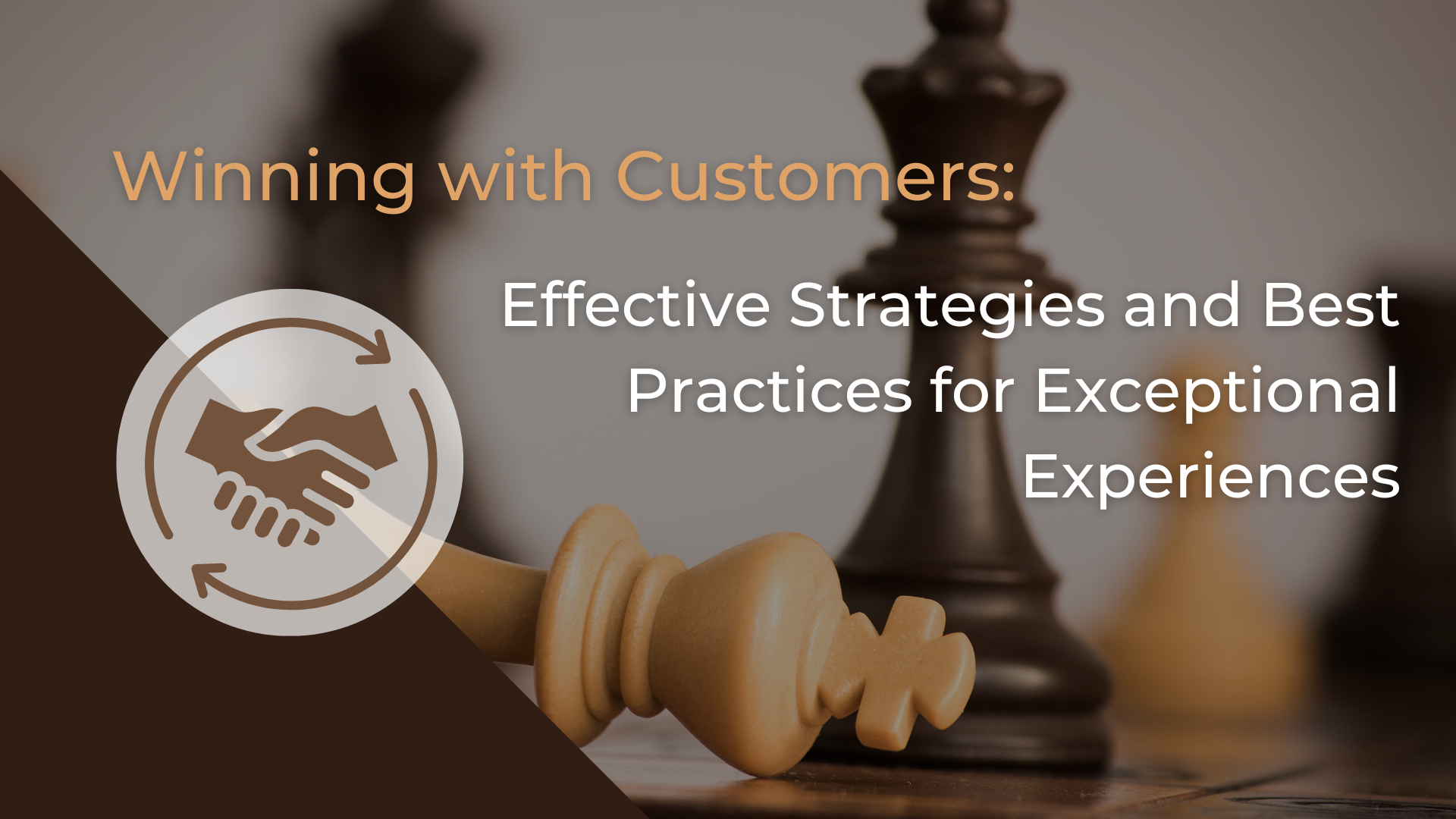In today’s highly competitive business landscape, providing an exceptional customer experience is no longer just a differentiating factor but a necessity. Organizations that prioritize customer satisfaction and loyalty are more likely to thrive in the long run. To achieve this, it is crucial to implement effective strategies and best practices that focus on improving the overall customer experience.
This blog will explore various techniques that can help businesses enhance customer satisfaction, build lasting relationships, and drive business growth.
Top 9 Strategies and Best Practices to Elevate the Customer Experience
#1 Understanding Customer Needs
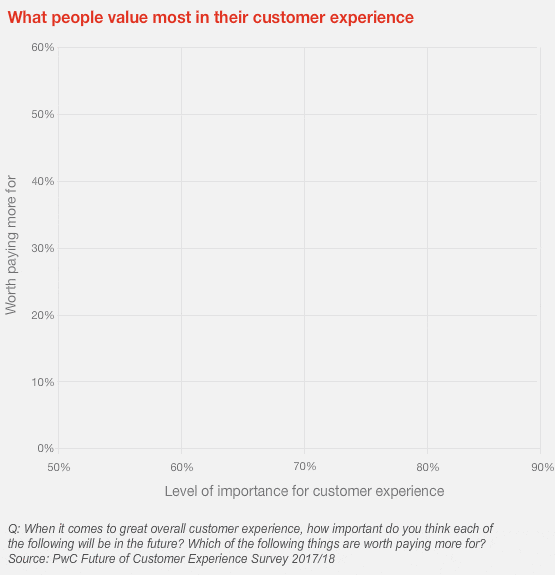
Understanding customer needs is the foundation for delivering an exceptional customer experience. By gaining insights into what customers truly want, businesses can align their products, services, and interactions to meet those expectations. Here are some key aspects to consider when it comes to understanding customer needs:
Market Research
Conducting thorough market research is essential for understanding the target audience. This includes analyzing demographic data, studying market trends, and identifying customer segments. Market research techniques such as surveys, focus groups, and competitor analysis can provide valuable insights into customer preferences and expectations
Customer Feedback
Actively seeking and analyzing customer feedback is crucial for understanding their needs and pain points. Feedback can be collected through various channels, including customer surveys, feedback forms, social media, and online reviews. Pay close attention to both positive and negative feedback to identify areas of improvement and uncover opportunities to exceed customer expectations.
Data Analysis
Leveraging data analytics tools and techniques allows businesses to gain deeper insights into customer behavior, preferences, and purchase patterns. By analyzing customer data, such as purchase history, website interactions, and customer support interactions, organizations can identify patterns and trends, enabling them to make data-driven decisions to enhance the customer experience.
Customer Journey Mapping
Leveraging data analytics tools and techniques allows businesses to gain deeper insights into customer behavior, preferences, and purchase patterns. By analyzing customer data, such as purchase history, website interactions, and customer support interactions, organizations can identify patterns and trends, enabling them to make data-driven decisions to enhance the customer experience.
Social Listening
Monitoring social media platforms, online forums, and review sites provides valuable insights into customer sentiments and discussions related to your brand. Social listening helps identify emerging trends, customer expectations, and areas where your brand can make a positive impact. Engaging with customers in these digital spaces also allows for direct interaction and relationship-building.
Customer Empathy
Developing empathy towards customers is crucial for understanding their needs at a deeper level. Empathy involves putting yourself in the customer's shoes and truly understanding their pain points, challenges, and desires. This empathy-driven approach helps businesses develop solutions and experiences that resonate with customers on an emotional level.
Voice of the Customer Programs
Implementing formal voice of the customer (VoC) programs can provide structured feedback channels for customers to express their opinions and needs. These programs can include customer satisfaction surveys, customer advisory boards, and customer focus groups. VoC programs facilitate ongoing dialogue with customers and ensure their voices are heard throughout the organization.
By incorporating these strategies and practices into their business operations, organizations can gain a comprehensive understanding of customer needs. This knowledge allows for the development of products and services that align with customer expectations, resulting in a superior customer experience that drives customer satisfaction, loyalty, and ultimately, business success.
#2 Personalization and Customization
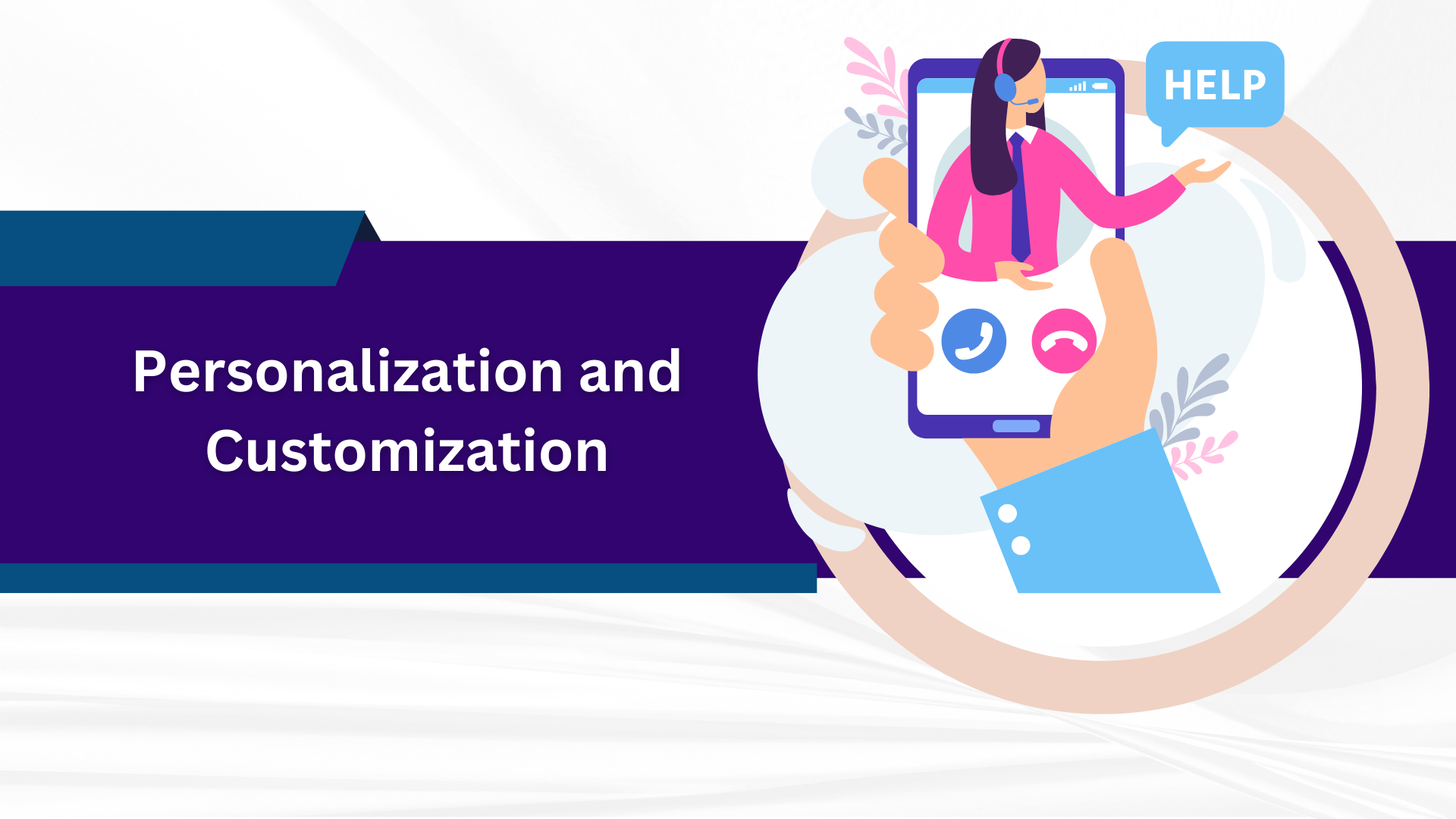
Customers appreciate personalized experiences that cater to their specific requirements. By leveraging customer data, businesses can offer tailored recommendations, personalized offers, and relevant content. For example, if a customer frequently purchases a particular type of product on the website, the mobile app can provide personalized recommendations for similar items. Personalization enhances the customer experience by making it more relevant and tailored to individual preferences and needs. Implementing advanced analytics and utilizing customer relationship management (CRM) tools can enable organizations to create personalized interactions and anticipate customer needs, fostering a stronger connection with the brand.
#3 Seamless Omni-Channel Experience

In today's digital age, customers expect a seamless and consistent experience across multiple channels, whether it's a website, mobile app, social media, or physical store. An omnichannel approach enables businesses to meet these expectations by integrating different channels and providing a unified customer experience. Here are some key aspects to consider when aiming for a seamless omnichannel experience:
Channel Integration
To deliver a seamless omnichannel experience, it's essential to integrate various channels to ensure a cohesive customer journey. This involves aligning branding, messaging, and design elements across channels to create a consistent look and feel. Integration also includes sharing customer data and insights across platforms to provide a personalized experience regardless of the channel a customer chooses to engage with.
Cross-Channel Consistency
Customers should experience a consistent level of service, information, and functionality across all channels. For example, if a customer adds items to their shopping cart on a website, those items should be visible when they access their account via a mobile app. Ensuring that product information, pricing, promotions, and inventory availability are consistent across channels is crucial for building trust and meeting customer expectations.
Seamless Transitions
Customers often switch between channels during their buying journey, and it's essential to make these transitions as smooth as possible. For instance, a customer may research a product on a website and then visit a physical store to make the purchase. The transition should be seamless, allowing the customer to pick up where they left off, access their saved preferences, and receive consistent assistance from sales associates.
Mobile Optimization
With the increasing use of smartphones, mobile optimization is crucial for delivering a seamless omnichannel experience. Websites and apps should be responsive and optimized for mobile devices, ensuring a smooth and intuitive browsing and purchasing experience. Mobile features like mobile payments, location-based services, and push notifications can enhance the overall customer experience.
#4 Be Timmely in Terms of Customer Responses
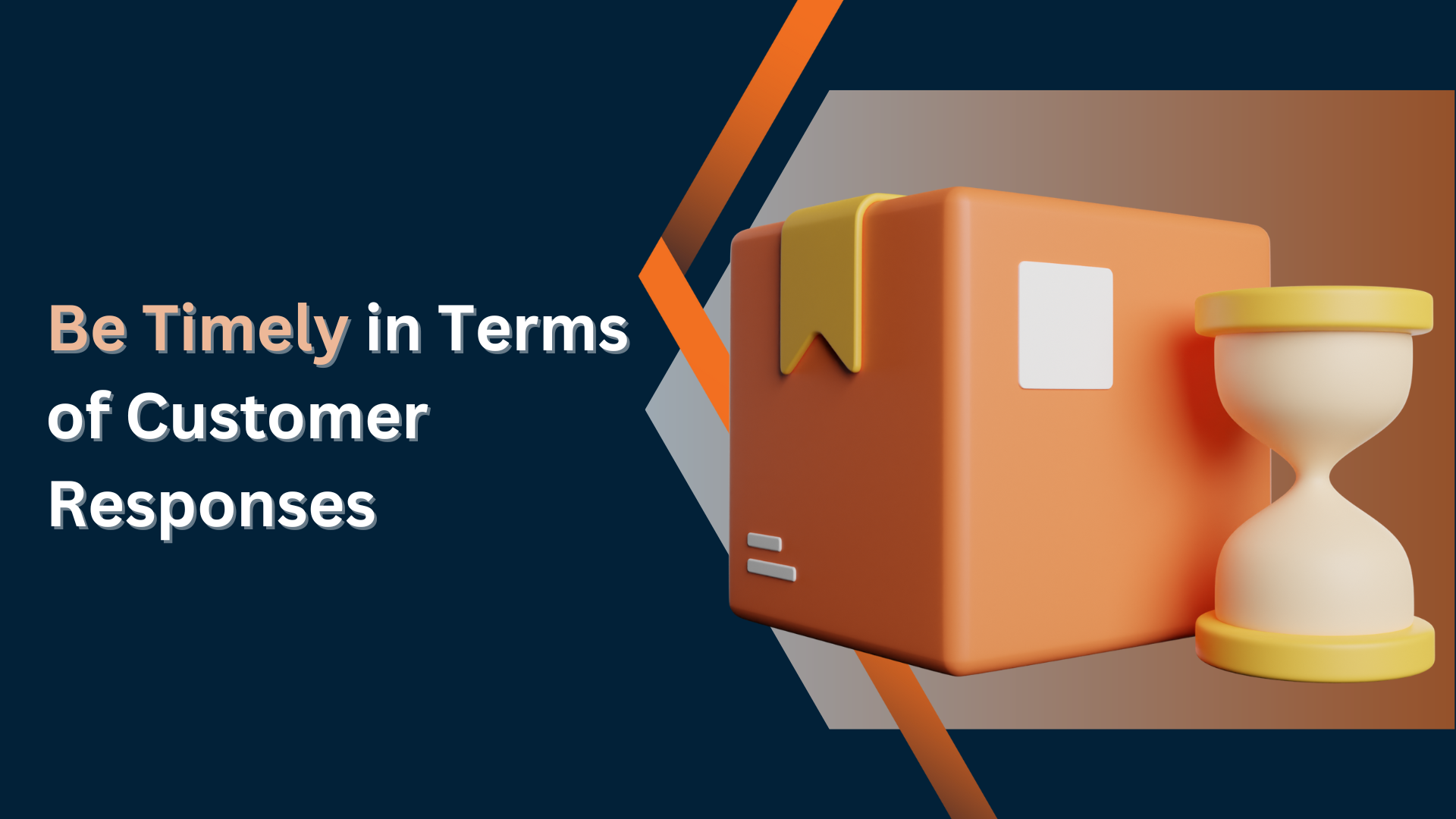
Empower your Customer Support team. Investing in robust customer support is an essential aspect of improving the overall customer experience. By providing well-trained and empathetic customer support representatives, organizations can address customer queries, resolve issues, and offer timely assistance. Implementing self-service options, such as comprehensive FAQs, knowledge bases, and chatbots, can empower customers to find solutions to their problems independently, improving efficiency and convenience.
#5 Proactive Communication
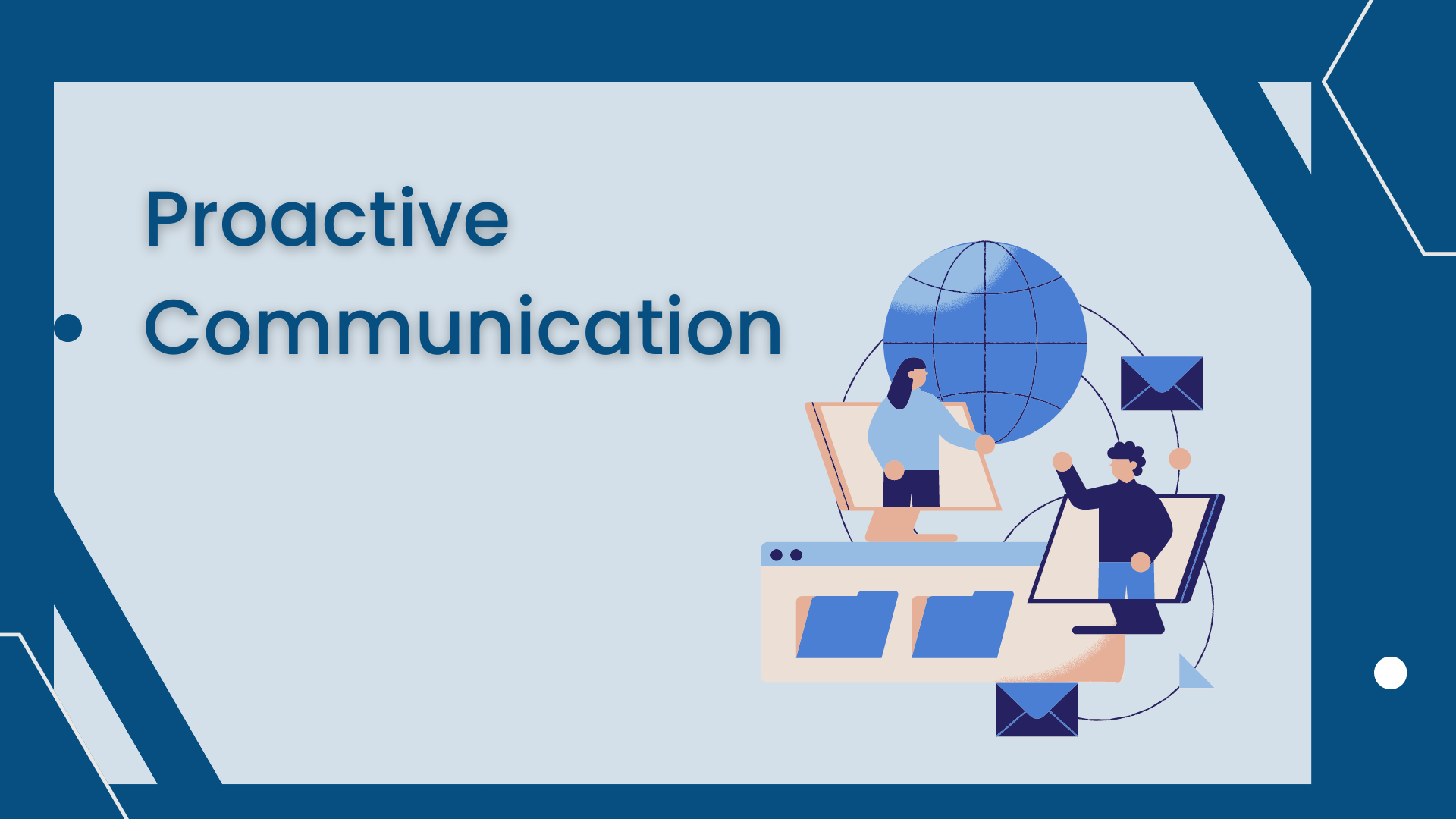
One of the best ways to increase customer engagement is to have conversations with your customers. Keeping customers informed and engaged is vital in building trust and loyalty. Proactive communication involves providing timely updates, notifications, and personalized messages. Automated emails, SMS alerts, and push notifications can keep customers informed about their orders, upcoming promotions, and relevant product updates. Additionally, active engagement on social media platforms and online forums can help address customer concerns promptly and foster a sense of community. Start a conversation by adding a question-and-answer button to your Instagram story or simply by replying to comments and private messages on your social channels, a customer email, or a review on a review site.
Remember, customer engagement is all about communication and showing your customers that you care about them, their time, and their interests. In addition, responding to customers individually is a good way to remind them that there is a real person behind your company.
#6 Ask for Feedback From Your Customers

In the same spirit of being responsive, you can take communication a step further by asking for feedback. Creating a continuous feedback loop allows businesses to gather insights directly from their customers, enabling them to identify areas for improvement. Encourage customers to provide feedback through surveys, reviews, and ratings. Actively listen to their suggestions and concerns, and use this feedback to make necessary changes in products, services, or processes.
You can do this in an informal way as well, for example, by posting a poll on social media. Or you can go more in-depth with a customer survey.
Send one periodically to your email list, or put a QR code at the bottom of your receipts and invoices that link to a short survey. When you ask customers for their ideas and opinions, they feel valued, encouraging them to be involved in your business. Also, demonstrating responsiveness and implementing customer-driven improvements helps foster a customer-centric culture within the organization.
#7 Activate a Customer Loyalty Program

Optimizing loyalty is an integral part of customer engagement. For any business, it is easier and more profitable to retain existing customers than to acquire new ones. You will be able to improve your sales performance by building customer loyalty and increasing customer engagement. If you manage to engage your existing clients, you will necessarily increase the number of your loyal customers.
To do this, you can create a loyalty program. The program can consist of distributing gifts, offering vouchers, and providing preferential rates. You will ultimately succeed in increasing your retention and conversion rates by taking care of customer loyalty. Ultimately, the idea is to value loyalty to your company through tangible rewards.
#8 Employee Engagement

Engaged employees play a crucial role in delivering exceptional customer experiences. When employees feel valued, motivated, and aligned with the organization's goals, they are more likely to provide better service. Invest in employee training, empower them to make decisions, and encourage a customer-centric mindset across all levels of the organization. Recognize and reward employees who consistently go the extra mile to delight customers.
#9 Tech Enablement

Technology enablement is a powerful catalyst for fastening and streamlining the effective strategies and best practices shared above to improve customer experience. For instance, new-age CRM software like Corefactors’ RevOps-enabled AI-Driven CRM can automate the workflows across the customer lifecycle from first interactions to an ever-lasting relationship, to AI-driven insights and alerts to help keep your team efficient and proactive in delivering excellent engagements, to breaking silos between teams and many more. By embracing technology solutions like Corefactors AI CRM, businesses can enhance their understanding of customers, deliver personalized experiences, provide seamless omnichannel interactions, enable proactive communication, empower customer support, facilitate feedback collection, and boost employee engagement.
The strategic integration of technology ensures businesses can keep pace with customer expectations and deliver exceptional experiences in a digital-first era.
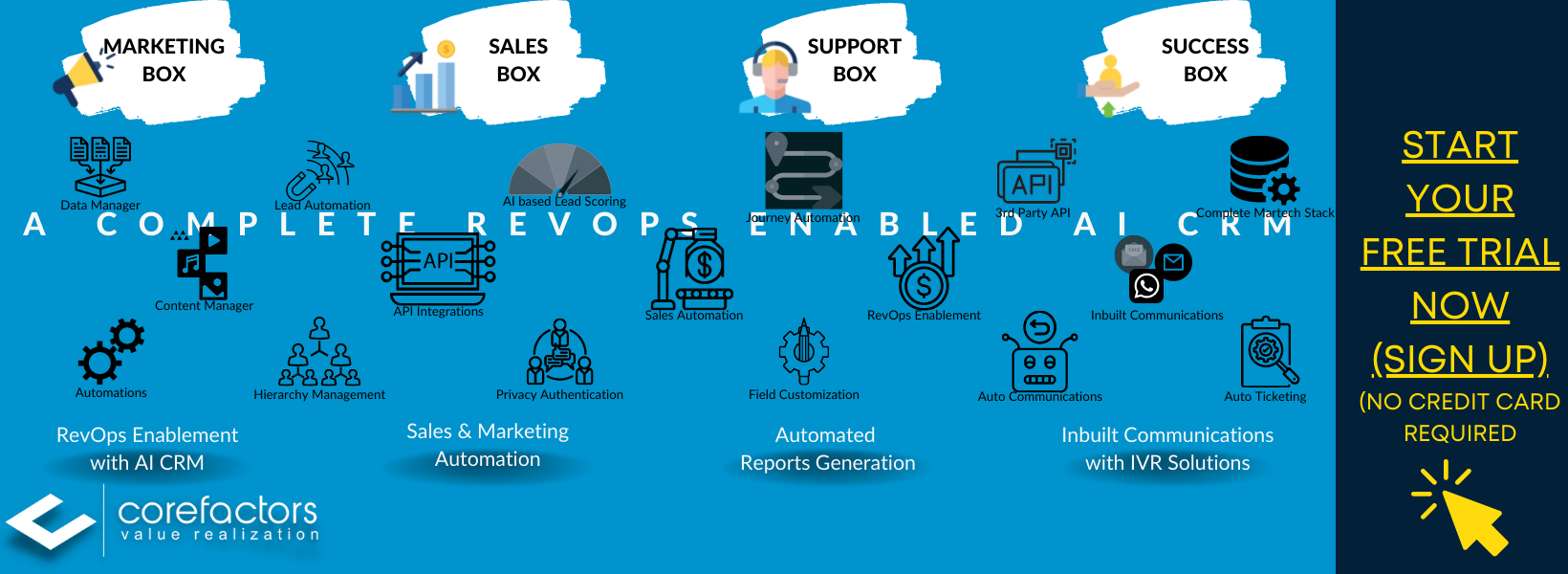
Final Words
Delivering an exceptional customer experience is crucial for business growth. By prioritizing and implementing the strategies outlined in this article, businesses can build ever-lasting relationships with customers, foster loyalty, strengthen the brand reputation, and gain a competitive edge in the market. Remember, in the customer-centric world, the organizations that go above and beyond to delight their customers are the ones that will thrive in the long run.

